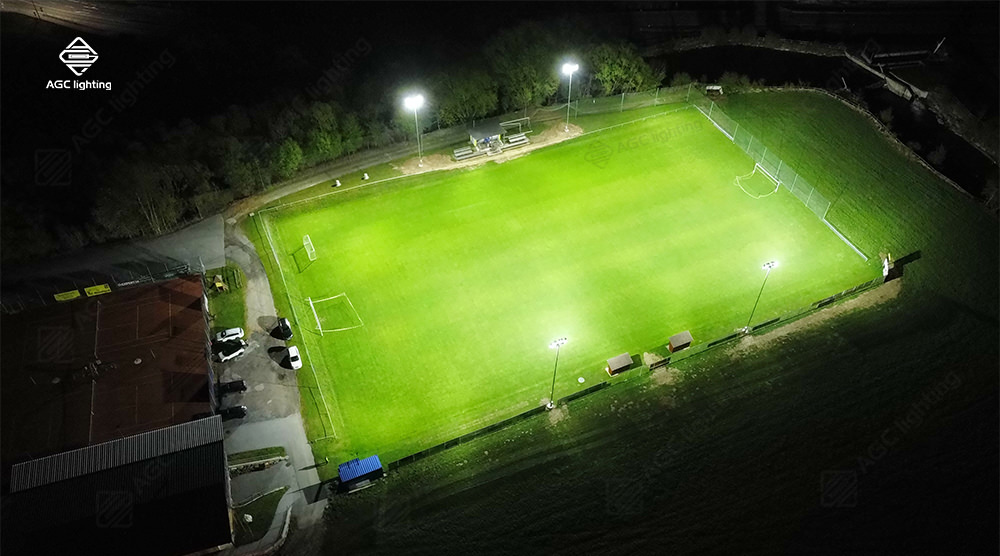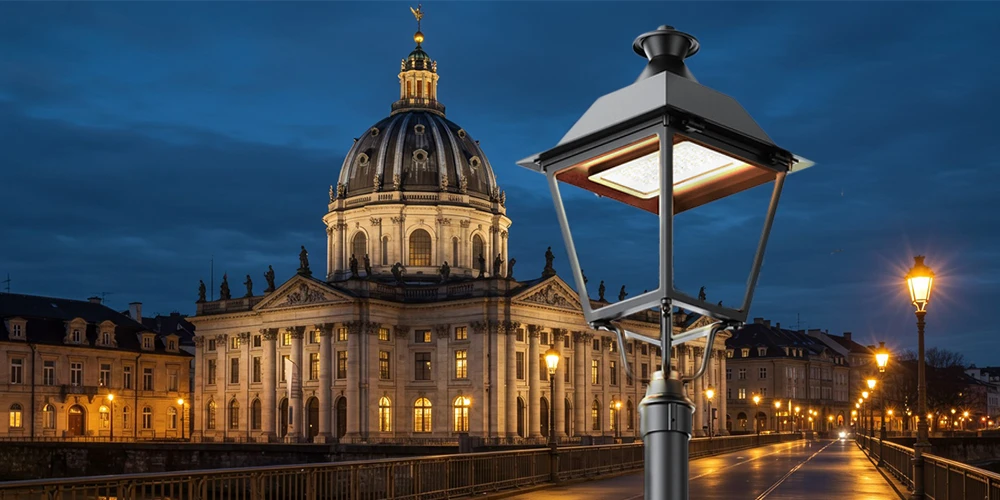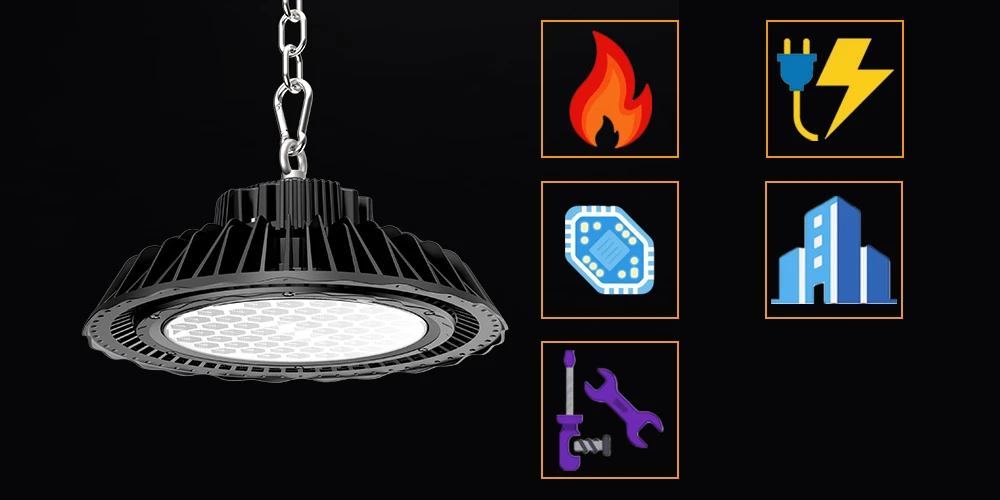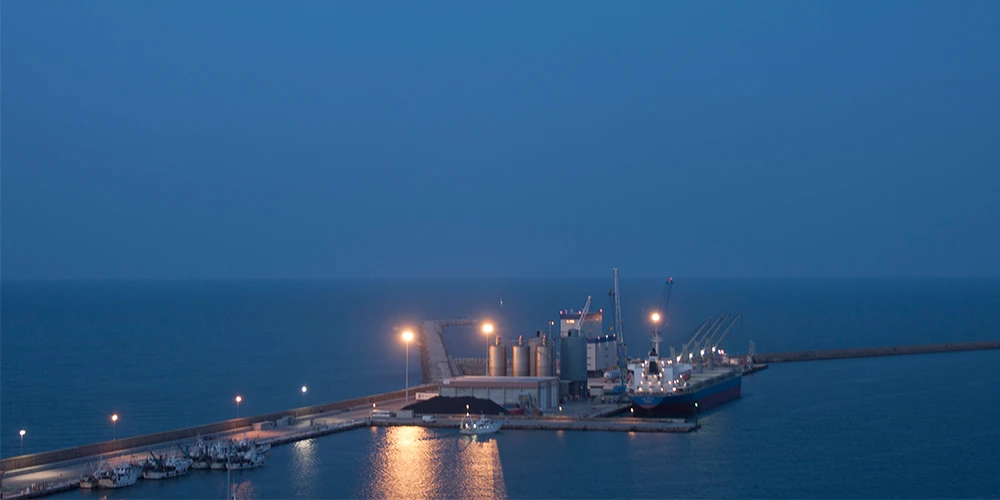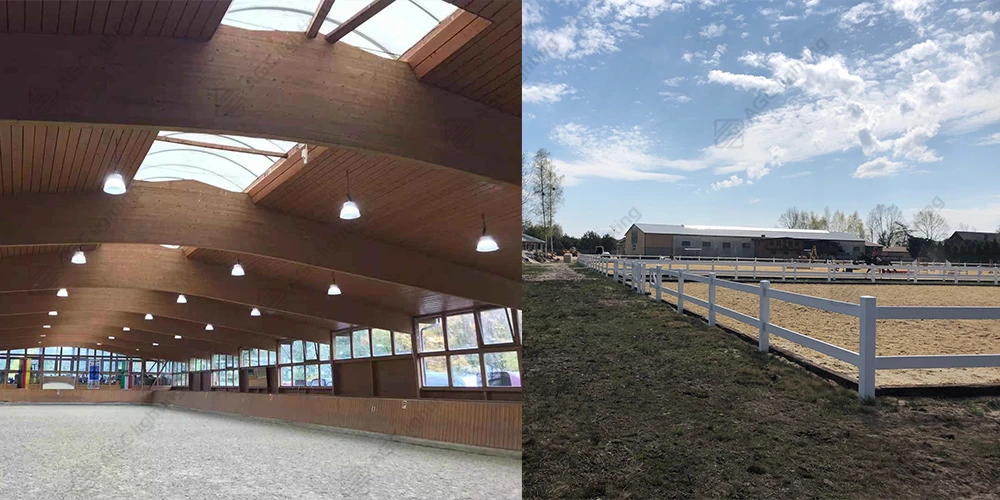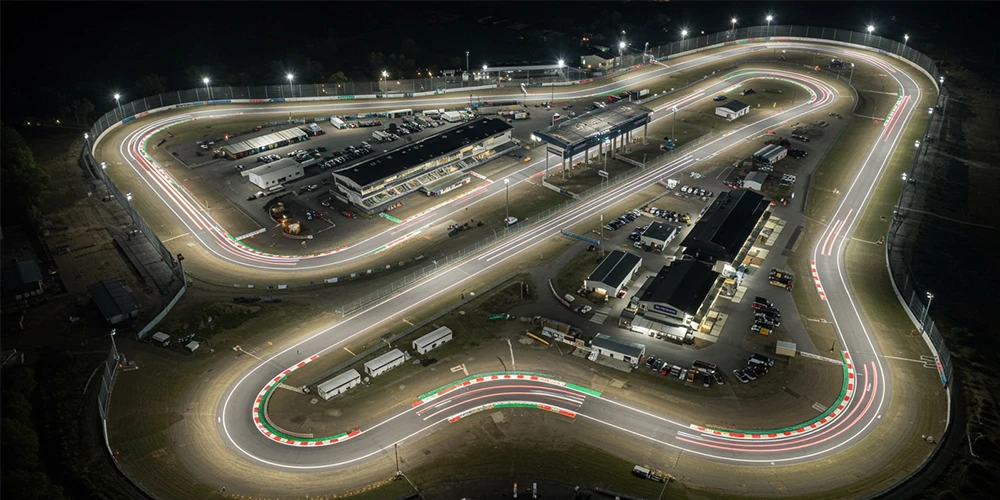So here’s the trend, as the industrial and outdoor lighting market continues to grow over the past years, Sports Lighting has started to boom across the global market. Mostly for the European and North American markets, AGC has been receiving inquiries for sports lighting calculations on a daily basis.
In Europe, the outdoor sports fields are mostly soccer, tennis, and baseball; while in the US there are many more including the traditional soccer, tennis, and baseball fields, but also American football fields and basketball fields, etc. They seem to be everywhere in the downtown metropolis and also in residency communities.
In today’s topic, we’ll look into the Sports Lighting for North America, and mainly the United States.
For the moment, most of the NA Sports Lighting market share is occupied by two giant companies: one is MUSCO, and the other is COOPER. These two companies undoubtedly have both good Sports Lighting fixtures, but also design, and installation abilities. However, even under this situation, AGC still has good performance in designing and providing Sports Lighting to our North American partners & customers.
The sports lighting standards for North America, there’s an institution/authority called The Illuminating Engineering Society (IES). IES is the leading authority on lighting standards in North America. With a focus on quality, safety, and efficiency, IES guidelines serve as the go-to resource for anyone involved in sports facility management.
Key IES standards are as follows:
- Illuminance Levels
Usually calculated as “foot-candles”(fc) that quantifies the amount of light falling onto a surface.
- Uniformity Ratios
The ratios represent the maximum to minimum illuminance levels on the playing surface. For example, a uniformity ratio of 2:1 means that the brightest spot on the field is twice as bright as the dimmest spot. The smaller Max/Min ratio is, the better the uniformity.
- Glare Control
IES standards offer actionable insights on how to minimize glare through fixture placement and angling, which usually would require the fixtures to be used with visors.
- Color Rendering Index (CRI)
Higher CRI values are particularly important for professional-level sports, and CRI90 is often required for the sports fields where there’ll be live TV broadcasting or at least CRI80.
- Energy Efficiency
LED fixtures are recommended for their energy savings and long lifespan. In today’s offerings, most LED fixtures will have a basic efficiency of 120lm/W or even higher like 150lm/W or 160lm/W.
AGC supplies wide-range Sports Lighting fixtures, from the outlook we have both round sports lights but also modular sports lights, and they are used according to different sites and installation considerations. For modular sports lights which are most popular in the current market, the wattage can go up to 1200W or even 1800W, 2000W. But 1200W would cover most needs already because of nowadays’ LED efficiency combined with professional lighting design.
If you would like to know more about AGC’s sports lights portfolios and recommendations, please feel free to email us now, I’d be glad to help you deliver the best lighting design and solution for your sports lighting project.


